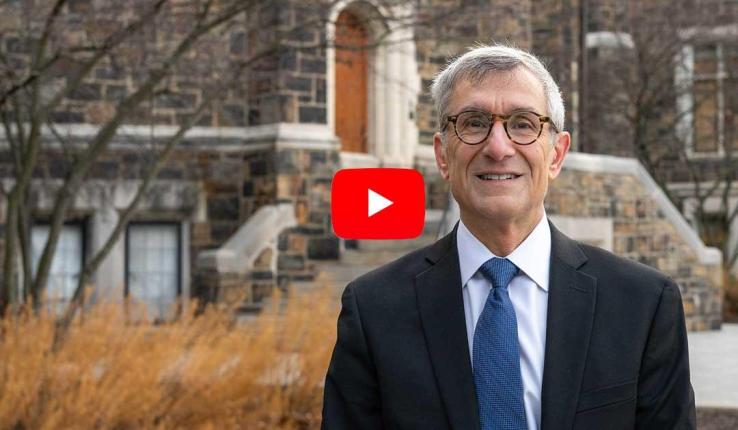Amazon’s Alexa can read the latest headlines, play a favorite song and even dim the lights in your living room. Now the digital voice assistant is also helping students navigate Lehigh’s campus.
The “Echo Hawks” project tested an Echo Dot smart speaker in the Health Science and Technology Building earlier this year with hopes of eventually bringing the technology to other buildings on campus. Students prompt the device by saying, “Alexa, open Mountain Hawk.” They can then ask questions such as how to find a particular professor’s office, get directions to buildings and access a menu for Rathbone Dining Hall.
The device is currently in the STEPS building. The latest version can answer questions available on Lehigh’s website, such as when to register for classes, as well as what are upcoming events. The students provide a phone number and the information is texted to them.
Echo Hawks started as a Creative Inquiry project spearheaded by Provost Nathan Urban. The project is part of the Campus Sustainable Impact Fellowship.
Because of its accessibility, Urban believes universities can use Alexa to provide students with better ways of navigating their four years in higher education. That could include concrete directions, such as a map to a building, or something more metaphorical, like creating a personalized list of classes and activities students might enjoy based on their interests.
“To me, getting technology to be part of the university experience is very natural,” Urban said. “It’s especially natural for the current generation of students who have had these kinds of technologies around for quite some time. In some ways, they probably expect it and wonder why finding their way through a university is so hard."






